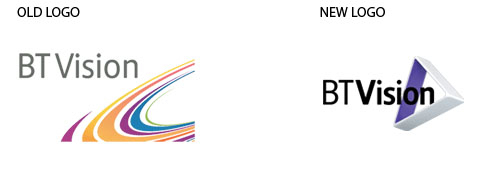In a recent study that was published in the Journal of Neuroscience, Psychology, and Economics (via Neuromarketing.com), researchers from UCLA revealed some interesting findings that show how people neurologically respond to different types of ads. Using real ads, the researchers studied subjects’ brain activity as they viewed a combination of real ads based on emotion and ads based on logic.
Following are two ads from Pfizer (not used in the study) that show the difference between an emotional brand ad (left) vs. a logical brand ad (right). You can click the images to view them larger.
According to the study, logical ads have a greater affect on brain activity than emotional ads in terms of stimulating more of the brain. However, emotional ads were found to be more impactful. The researchers explained that the brain responds in a profound way when presented with emotional ads. When study participants were presented with emotional ads, “activity was lower in areas of the brand that help us inhibit responses to stimuli.” As a result, emotional ads successfully seduce consumers to buy products rather than persuade them as logical ads do by presenting information.
What can brand managers and advertisers take away from this study? It’s time to do some testing! Experiment with logical and emotional advertising and see how each performs. As this study demonstrates, it might make sense to skip all the text, information, and logic, and appeal directly to consumers’ emotions regardless of the category where your brand resides.
Human beings are inherently emotional and our emotions affect our decisions in all aspects of our lives. That includes advertising. This data supports what marketers have continually tried to convince executives and the data-driven leaders in companies — appealing to emotional triggers works.
What do you think of these study results? Have you experimented with emotional and logical advertising for your brand? Leave a comment and share your opinion and experiences.


 Apple continues to sell more iPhones, break its own records, and surpass expectations with the launch of the iPhone 4S on October 14th.
Apple continues to sell more iPhones, break its own records, and surpass expectations with the launch of the iPhone 4S on October 14th. New research from
New research from  Walmart might put an end to the debate as to whether or not Facebook is effective for local marketing by global companies with its new store-level messaging Facebook campaign.
Walmart might put an end to the debate as to whether or not Facebook is effective for local marketing by global companies with its new store-level messaging Facebook campaign.